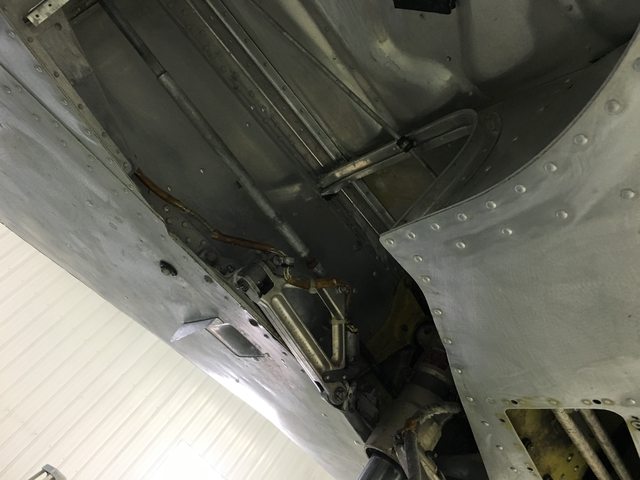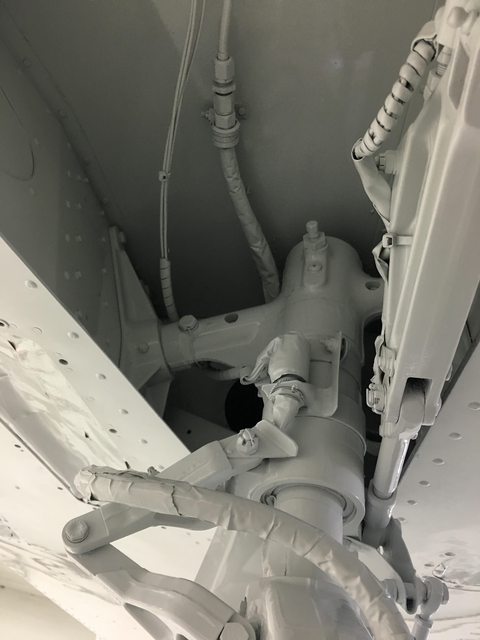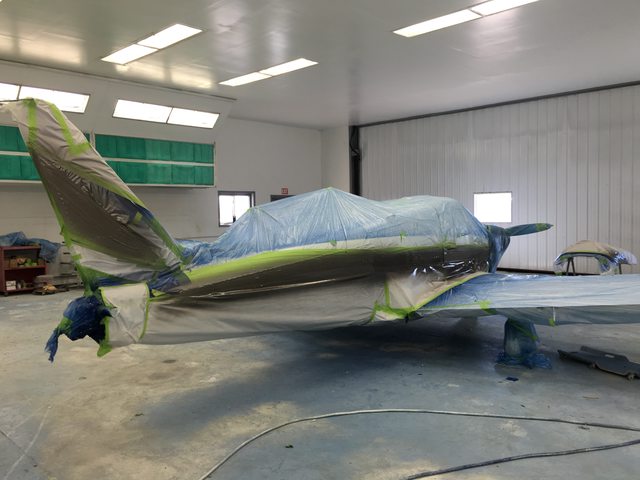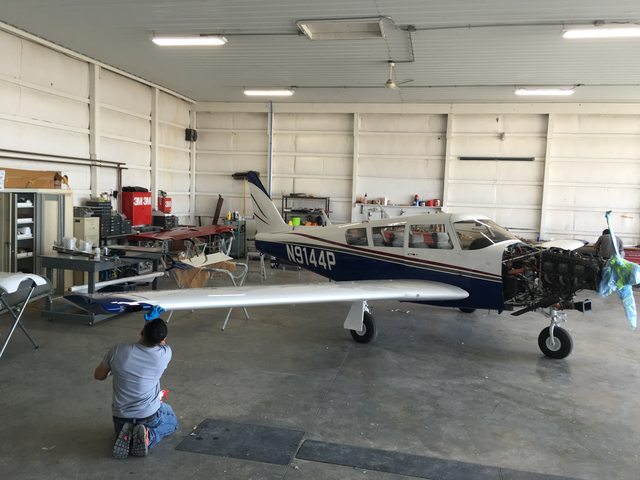The story as related to me by a DuPont rep in 1978: "Imron is top notch stuff, we formulated it for the trucking industry because there was a demand for a coating that would hold up to the rigors of 100k miles a year, and still look good. John Deere, and International Harvester jumped on the wagon about a year later, It did so well that we introduced it to the Aerospace industry, and Cessna uses it almost exclusively on their AG line." Bear in mind that this was in 1978, Imron was already about 10 years old at that time, and about 1980 it was on the way out, due to the fact that there were better products out there by that time.
There once was a time that I thought Imron was the "Cat Daddy". But That was back when Laquer, and Alkyd enamel where the two choices.
Ed Roth liked Imron due to the single stage "cheap shine", No need to sand and buff like laquer, and dried quicker than Alkyd enamel. But for the "sho-nuff" custom jobs, he would fall back to Laquer, due to quicker re-tape times (and your going to sand and buff anyway). Imron requires quite a long time to cure prior to taping for the next color, due to the tape leaving a "print". Imron does not achieve full cure, and hardness for about a week or more, (depending on atmospheric conditions) So, it must cure for at least a week prior to any sanding/buffing, waxing, etc. If you try to sand and buff it prior to full cure, it will become hazy, and stay that way untill, full cure, and buffed again. Todays material, (not todays Imron) achieves full cure in about 24 hours, or sooner, (depending on atmospheric conditions) And you can do anything you want to with it after 24 hours. Of course, If you have the wherewithall to bake an entire airplane at around 350* you can speed up the curing of the Imron, but the cost of the paint job will increase accordingly.
End result; After well over 30 years in the business, I will politely refuse if the customer insists on using Imron. After all My name is on this work, and I'll use the product that has proven it's self over the years, to do what I expect it to do. Lay slick, Shine like wet, and hold up over the years, What I use does exactly that, and I can wax it next day.




